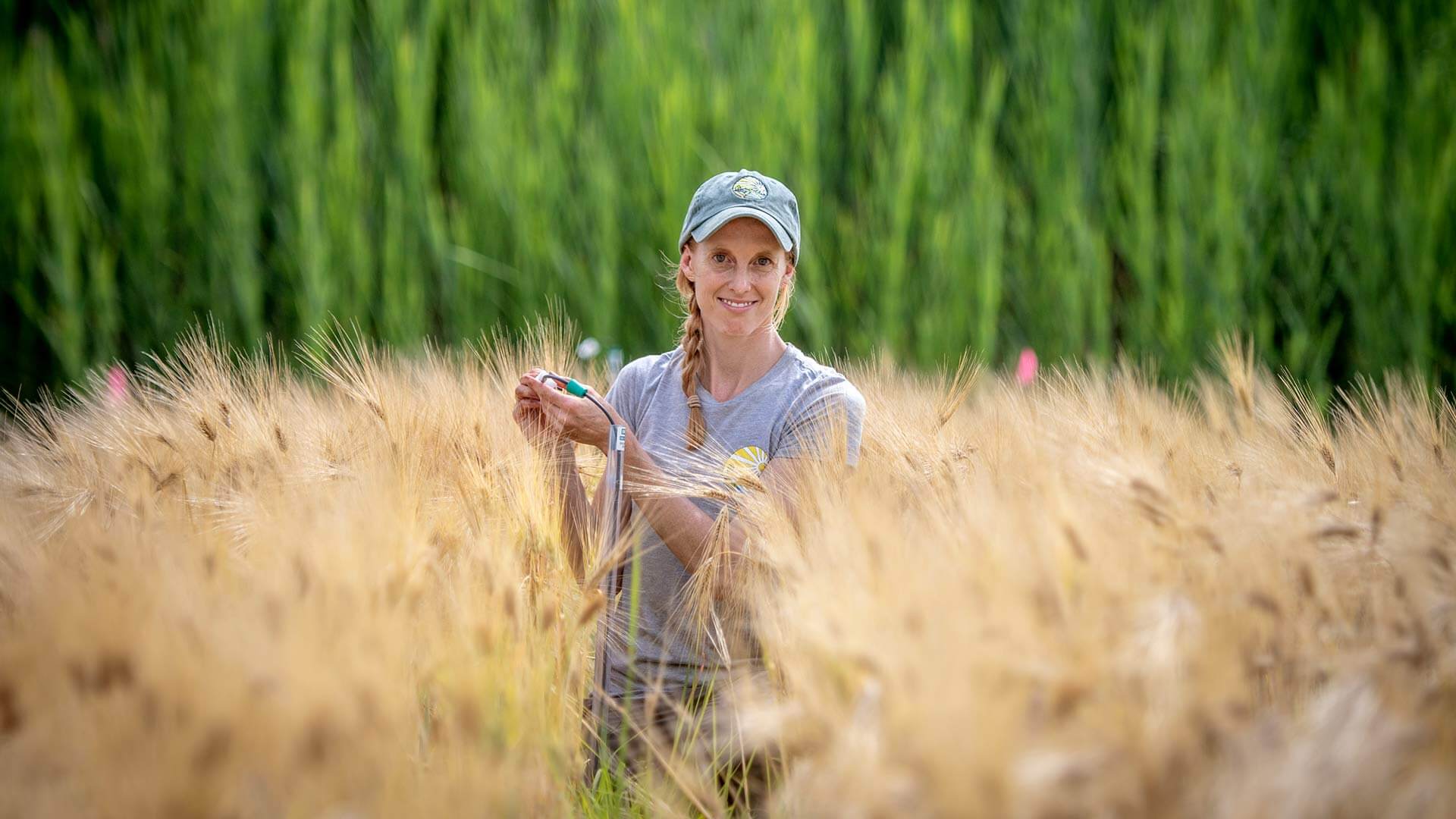- September 16, 2020
- By Graham Binder
Barren fields and eerie, dead forests on Maryland’s Eastern Shore are some of the obvious signs of an “invisible flood” that a University of Maryland researcher is studying with the help of a new five-year, $725,000 award from the National Science Foundation (NSF).
Saltwater intrusion, a process in which groundwater becomes more saline while floods carry salt directly onto agricultural fields, is claiming more land as climate change intensifies, driving sea level rise. In Maryland’s Somerset County, for instance, 2% of farmland turned into tidal marshes over an 8-year period from 2009 to 2017.
Because of the powerful forces at play, it’s not a dynamic that can be reversed anytime soon, said Kate Tully, an associate professor of agroecology.
The project “is really about trying to better understand what’s going to happen, and being able to plan for that in such a way we can support the livelihoods of farmers and landowners on the Eastern Shore and support the health of the environment and of the Chesapeake Bay,” she said.
Tully’s project is part of a broader, multi-institutional $4.3 million NSF grant to examine profound changes taking place at the interface of plants, soil, and water known as the “coastal critical zone.” A broad range of earth science disciplines intersect in the research, including hydrology, ecology, geomorphology and biogeochemistry, with each discipline a key factor in grasping ecosystem changes across marshes, forests and agriculture, which will ultimately affect society through impacts on agricultural land, water quality, plants and animals.
The team will be studying the three major sites that represent different areas of the Delmarva region, a large peninsula occupied by Delaware, Virginia, and Maryland. Tully, director of the AgroEcoLab, will lead the biogeochemistry team.
“By studying six strategically chosen sites in three locations that represent different areas of the Delmarva, we aim to learn how our coastal ecosystems will change in the future. We will improve our understanding of how saltwater intrusion and flooding will impact carbon and nutrient cycles,” she said.
The research will take multiple ecosystem drivers and feedback systems into account to cumulatively determine the rate and extent of landscape transformation on forested and agricultural land.
Holly Michael, professor of earth sciences and civil and environmental engineering at the University of Delaware, the lead project investigator, said the research’s diverse sites will lead to more complete understanding of the coastal critical zone.
“The Virginia site is most exposed to oceanic events such as hurricanes, and it has the highest salinity and lowest elevation gradient,” Michael said. “Delaware is intermediate in exposure and salinity, but has the highest elevation gradient. Our Maryland sites have the least exposure to storms but also low elevation gradients. So by studying the three sites that represent different areas of the Delmarva, we learn about different ways that the systems are experiencing change.”
Tully said the research that results could have applications far beyond the Delmarva Peninsula.
“People in other low-lying coastal areas—in Bangladesh or Vietnam for example—are experiencing similar problems to what we’re facing here,” she said. “So our findings could help people all around the world prepare for these changes
